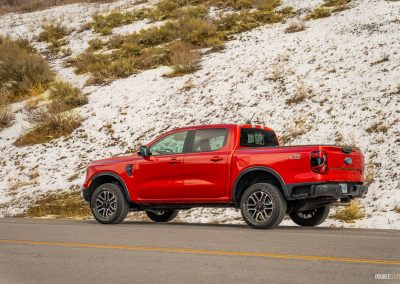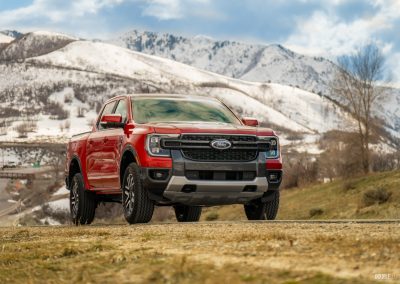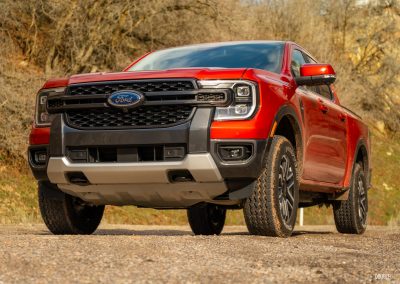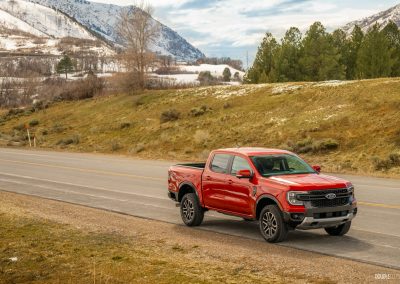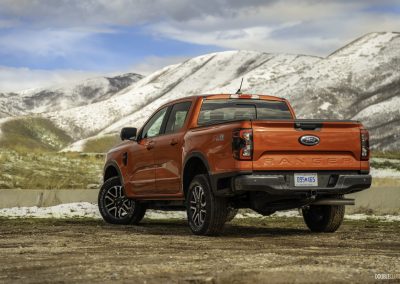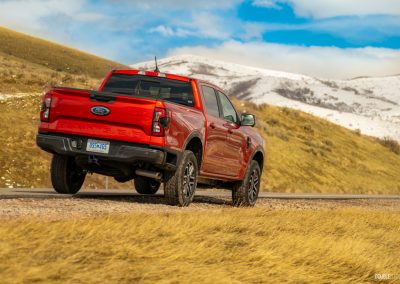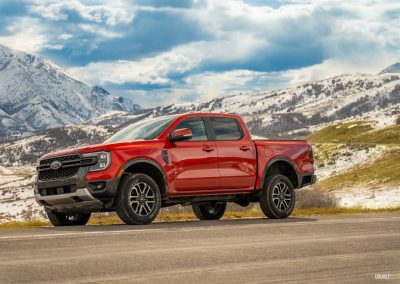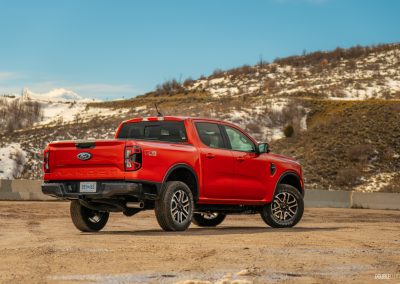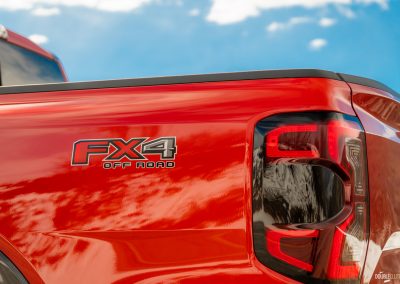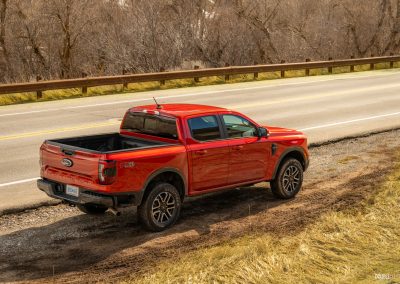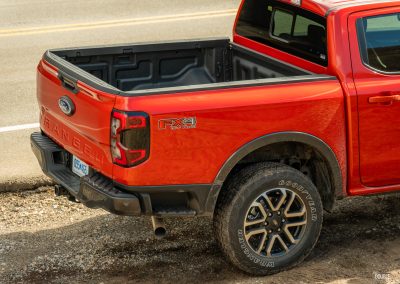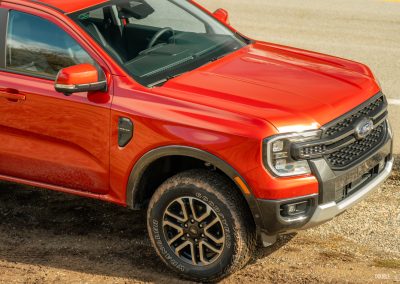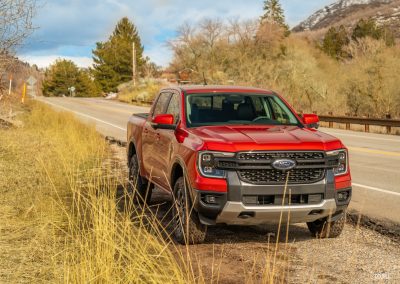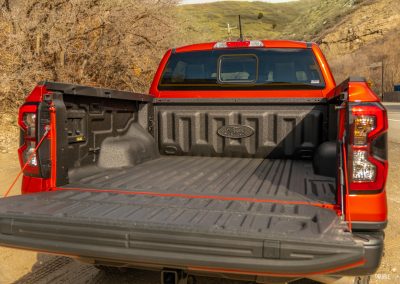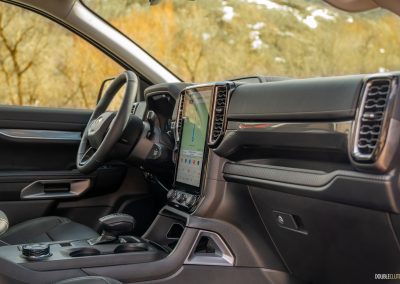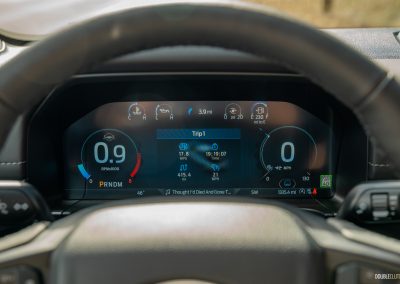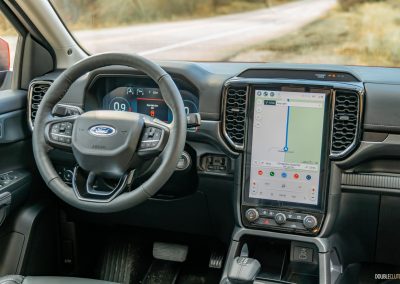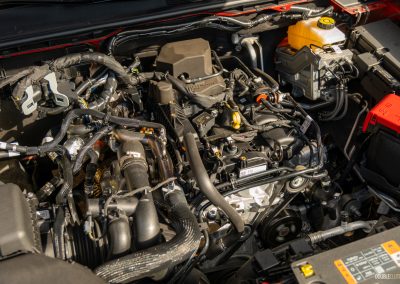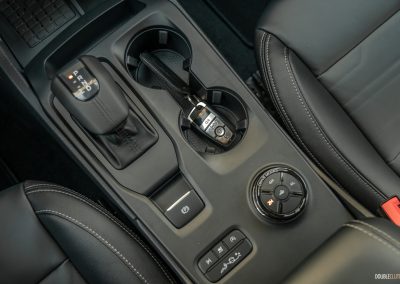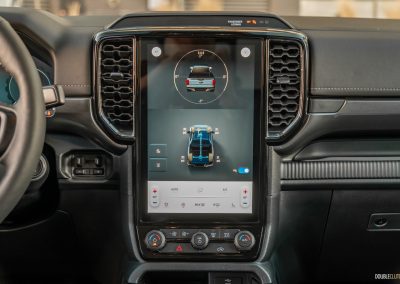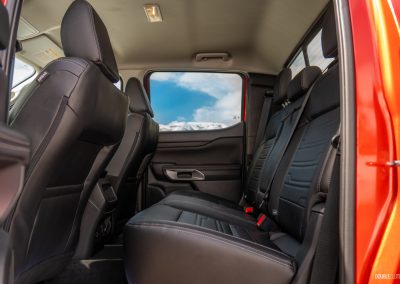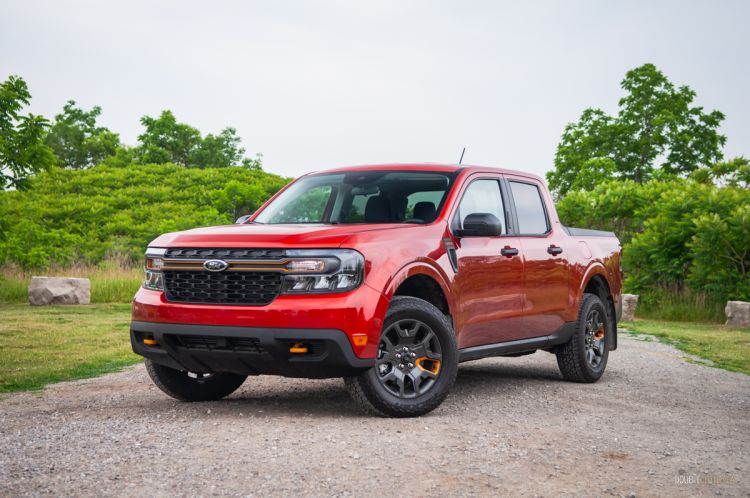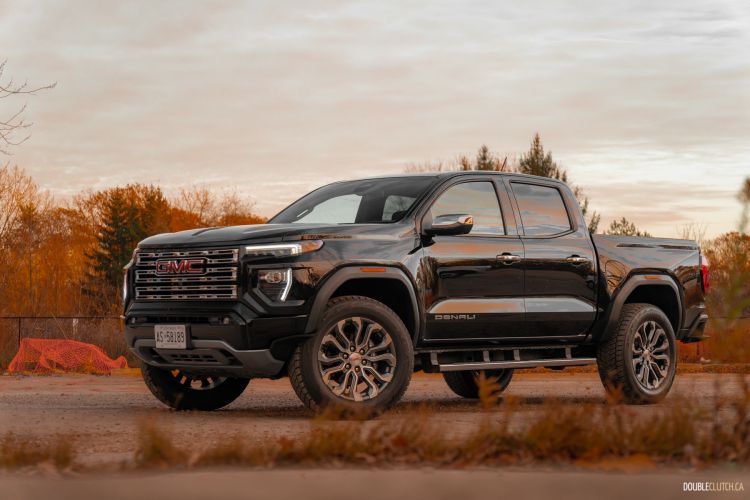SALT LAKE CITY — The Ford Ranger always struck me as the most honest expression of a pickup truck, not for flexing or projecting misplaced masculinity, but a basic vehicle for people with basic truck needs. Despite filling a crucial need in the ever-expanding world of pickup trucks, the Ranger felt like an afterthought, never getting the attention to detail it deserved, with Ford seemingly reserving their vast pool of engineering effort for the F-150. With the all-new 2024 Ford Ranger, they’ve fixed that and delivered the excellent Goldilocks-sized truck I always knew they could.
It gets a lot of the niceties that big-brother F-150 has been enjoying for years, including a fully boxed frame comprised entirely of high-strength steel, a large portrait-oriented infotainment system, Ford’s genius trailer assistance systems, and a hydroformed front structure that allows Ford to offer both the familiar 2.3-litre turbocharged four-cylinder from the outgoing Ranger, and the 2.7L EcoBoost V6 from the F-150.
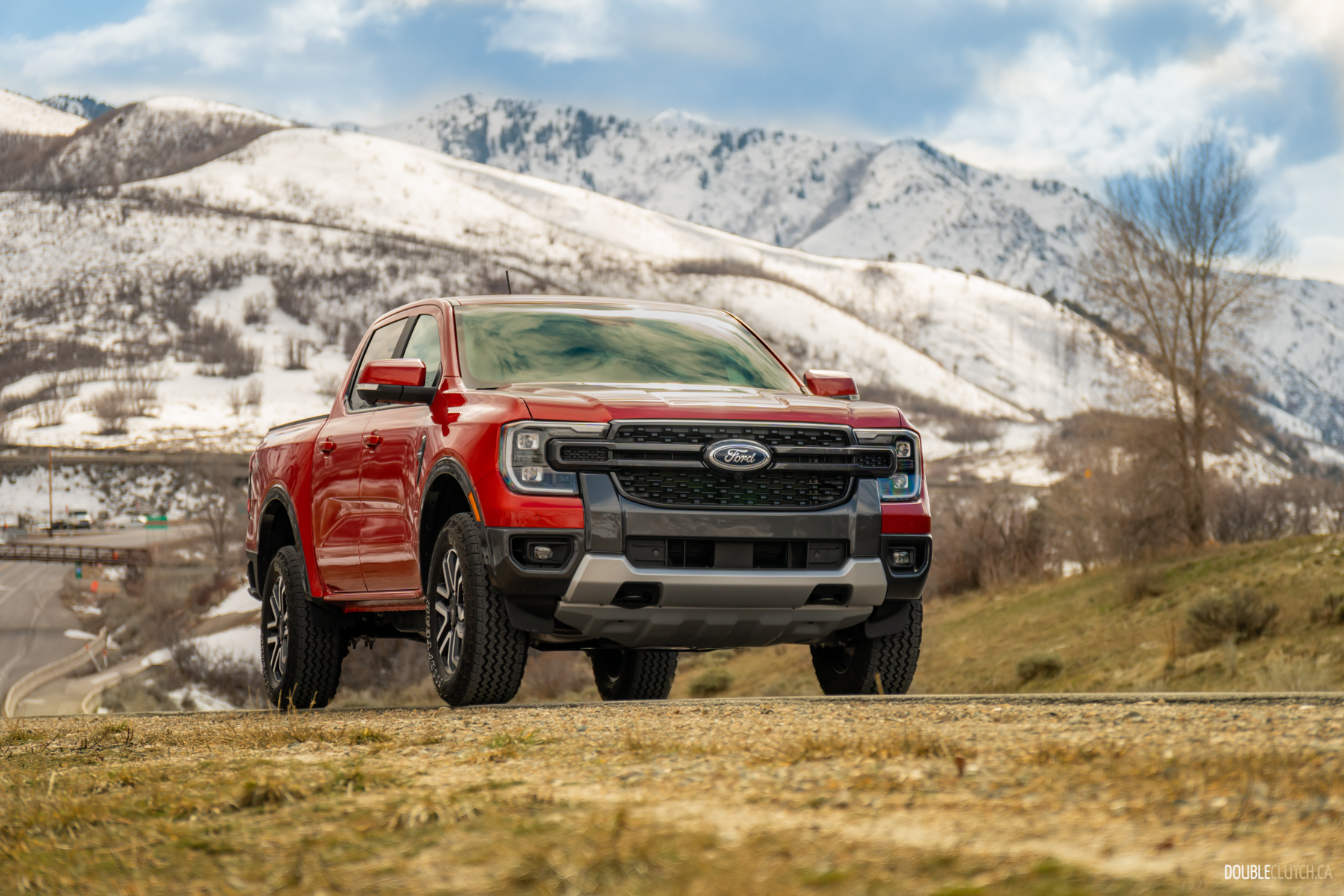
The mid-size truck segment has suddenly become very heated with the new GMC Canyon and Chevrolet Colorado twins, and the new-for-the-first-time-in-a-decade Toyota Tacoma, but neither of them offer six-cylinder motivation, which is due to arrive in the Ranger later this year. For now, Ford is only offering its 270-horsepower 2.3L turbo-four, and of the many trucks that were available, I very sneakily grabbed a loaded Ranger Lariat with the FX4 off-road package and finished in Hot Pepper Red, and peeled off into the mountains surrounding the Salt Lake that the pretty city gets its name from.
The Ranger instantly feels like a significant leg up over its predecessor, thanks in no small part to its two-inch wider track width and outboard-mounted rear shocks, which pair with the much stiffer structure to create an impressively smooth ride quality for a pickup truck. Its four-cylinder engine is littlest of all among the current crop of mid-size trucks, but certainly doesn’t feel like it, pairing well Ford’s proven 10-speed automatic transmission and rated to tow up to 7,500 pounds. It’s an impressive powertrain combo, but more impressive is the level of refinement the Ranger offers. At least in this initial evaluation, the Ranger feels quieter and smoother than either of the much newer four-cylinder engines in its direct competitors.
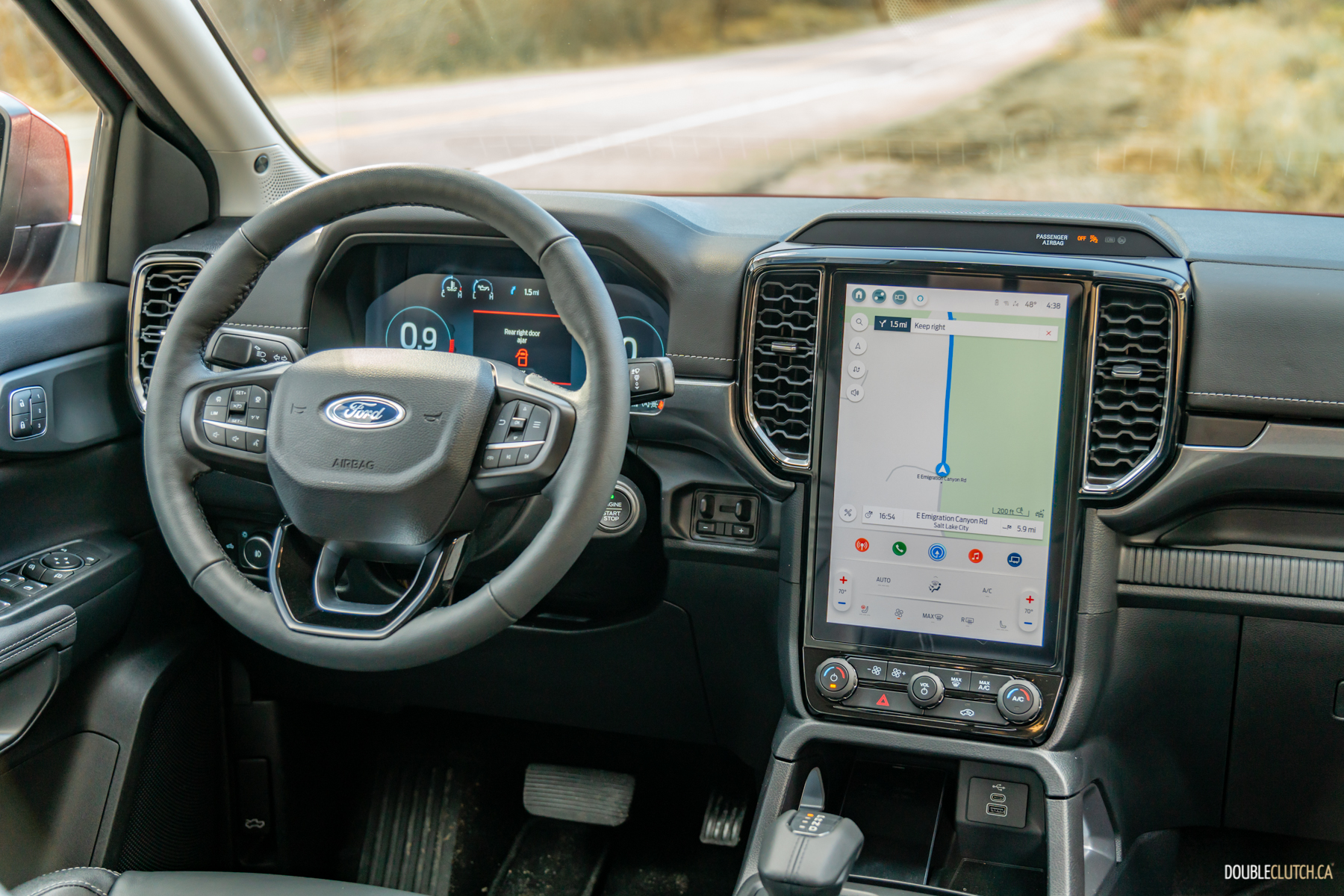
The Ranger’s cabin also takes a huge step forward with a dashboard design reminiscent of the F-150, incorporating a portrait-style touchscreen running Ford’s Sync 4 software and a digital gauge cluster on all trim levels, along with physical controls for climate and volume under the main screen. Ford’s taken great care to ensure every material used feels of quality while also being durable and washable, in recognition of the hard lives a lot of these trucks will lead. To that end, there’s an abundance of storage space, incorporated into the dashboard and centre console, with multiple ways to store and charge your and your crew’s phones.
The front seats are comfortable, with 10-way power adjustability and memory settings on upper trims, and the driving position and visibility all around are excellent. Rear seating is always a bit of a sticking point on these smaller trucks; in order to maximize what Ford can deliver, the only body configuration offered on the Ranger is a four-door crew cab with a five-foot bed. The seats themselves are fairly supportive with enough leg room for my six-foot frame to sit behind myself, and they can fold up to reveal additional storage bins, or down and flat for moving large objects. There’s a power-sliding opening in the rear window for ventilation, too.
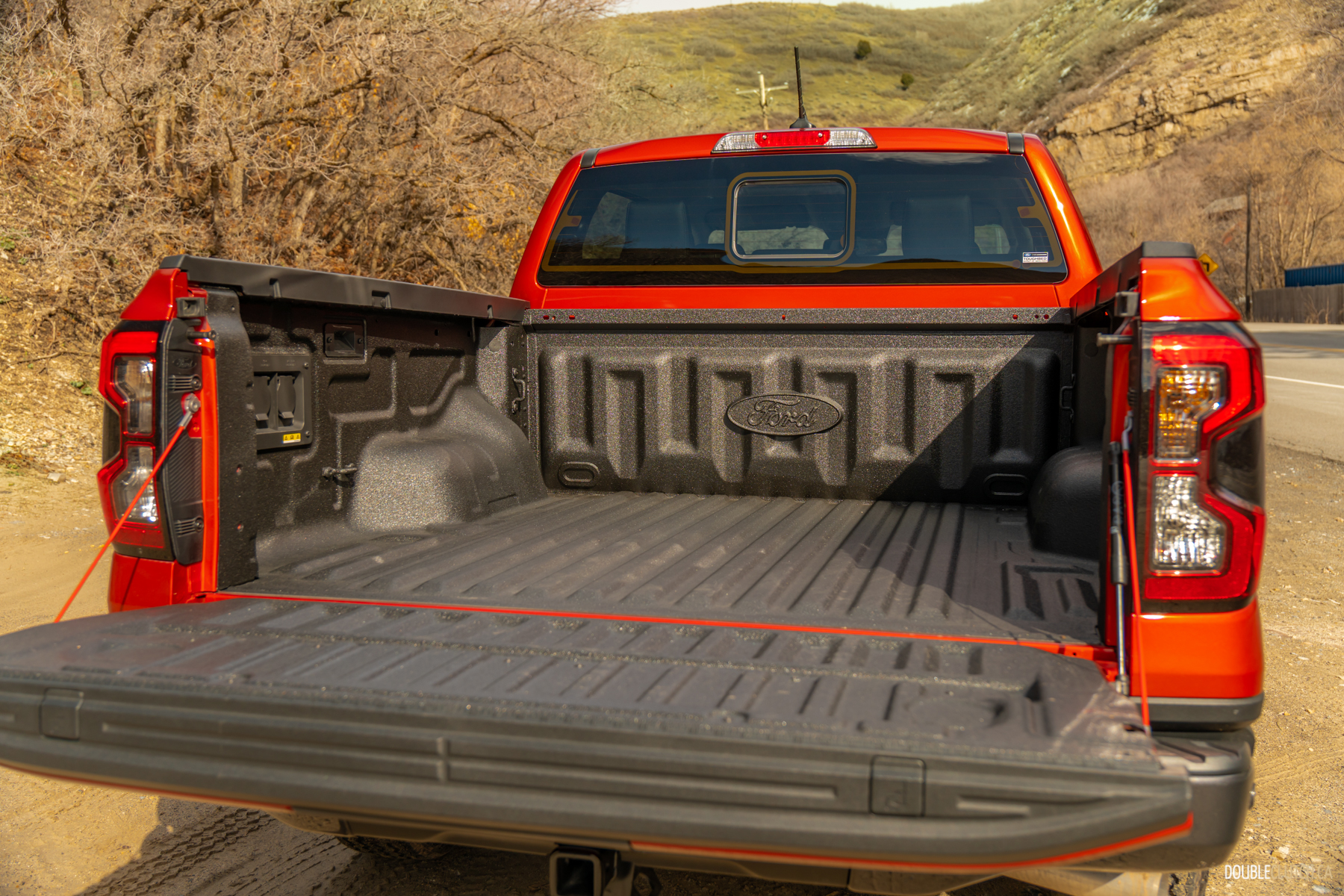
Moving further back to the bed, Ford addressed all of the last Ranger’s key weaknesses. They’ve moved the wheel wells further out, so there is now 48 inches of usable width on the bed floor for 4×8 sheets, and they’ve incorporated six tie-down points to secure them. There’s a total of 400 watts of power available between two 110-volt outlets, as well as the zone lighting system from the F-150 to illuminate the entire truck and the bed for working at night. The corners of the bed incorporate two large steps, capable of supporting up to 300 pounds, and are large and deep enough to house both of your feet. The steel tailgate has a very clever torsion bar built into it, to dampen its opening and greatly ease its closing. It’s all smart stuff.
The whole body of the Ranger is steel, save for an aluminum hood to trim some weight off the nose. Ford also employed aluminum upper and lower control arms, and composite rear leaf springs to help keep weight within 150 pounds of its predecessor. All this smart engineering coalesces into a truck that not only rides genuinely impressively, but also handles admirably, with very natural response from its steering and brakes, and neutral chassis balance; I could see a hypothetical future performance variant of this being a lot of fun to drive. If you don’t feel like driving, the Ranger now pretty much drives itself, having adopted the lane-centering and adaptive cruise control system from its siblings, all of which work well.
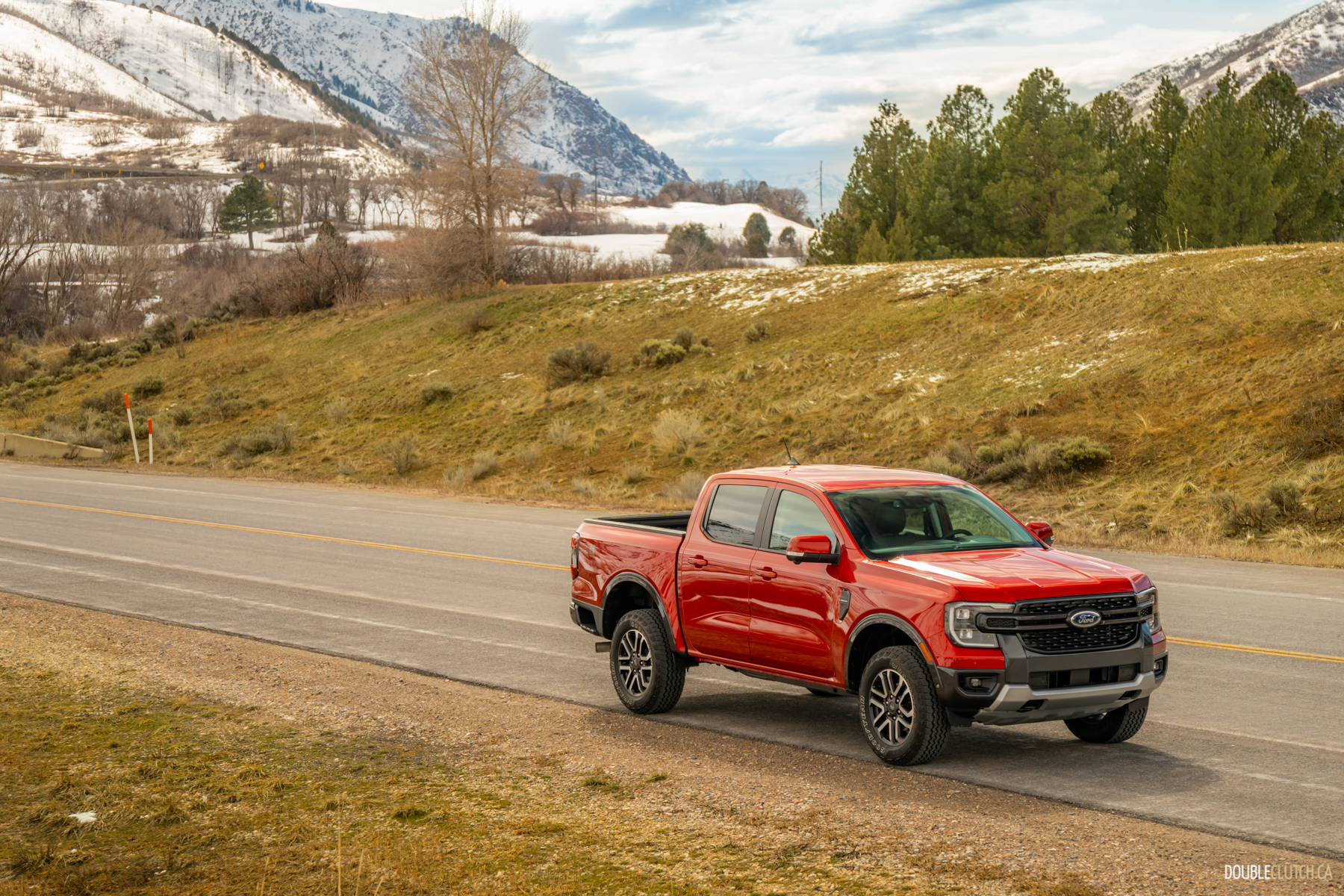
Overall, there’s a lot to like, and it’s clear Ford has done their homework with the Ranger that were previously left undone. By taking the same level of care that F-150 has enjoyed for so many years and applying it to the underdog Ranger, they’re created an extremely compelling truck that not only comfortably rises to meet its rivals, but also finally feels like a proper alternative to the F-150. It’s still an honest little work truck, and no longer feels like you’re losing out by admitting to yourself that you don’t need a leviathan of a pickup. Accept the Ranger and the truth shall set you free.
Pricing starts at $41,870 for the base XL model, going up to $54,320 for the loaded Lariat, with the mid-level XLT offering most of what you’d want for $46,120. No pricing has been announced for the 2.7L V6 engine option as of yet, but we can infer from its Bronco platform-mate that it will probably be the same or pretty close to that at $2,695. Orders for the 2024 Ford Ranger have been open for a while and the first deliveries are beginning right now, with the V6 coming later this year. We look forward to evaluating the new Ranger on home soil — and stay tuned for more coverage of the extra piquante Ranger Raptor very soon.


